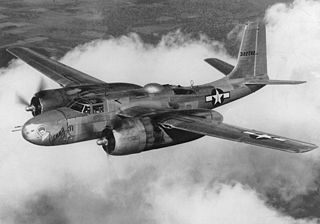
The Fairchild AC-119G Shadow and AC-119K Stinger were twin-engine piston-powered gunships developed by the United States during the Vietnam War. They replaced the Douglas AC-47 Spooky and operated alongside the early versions of the AC-130 Spectre gunship.

The 23d Flying Training Squadron is a unit of the United States Air Force, currently assigned to 58th Operations Group performing helicopter training at Fort Rucker, Alabama.

The 14th Flying Training Wing is a wing of the United States Air Force based out of Columbus Air Force Base, Mississippi.
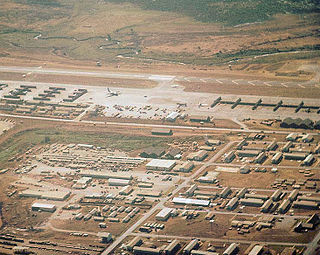
Pleiku Air Base is a former air force base in Vietnam. It was established by the Republic of Vietnam Air Force (RVNAF) in 1962 at an undeveloped airstrip, and was used by the United States Air Force during the Vietnam War in the II Corps Tactical Zone of South Vietnam. It was captured by the People's Army of Vietnam (PAVN) in March 1975 and was abandoned for many years. Today, the facility has been redeveloped as Pleiku Airport.
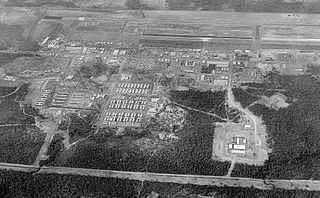
The Nakhon Phanom Royal Thai Navy Base (NKP), formerly Nakhon Phanom Royal Thai Air Force Base, is a Royal Thai Navy facility used for riverine patrols along the Mekong River. It is approximately 587 km northeast of Bangkok, 14.5 km west of Nakhon Phanom city in Nakhon Phanom Province in the northeastern region of Thailand, and 411 km from Hanoi in Vietnam. The Mekong River is NKP's border with Laos. The airfield at NKP is jointly used as a civilian airport.
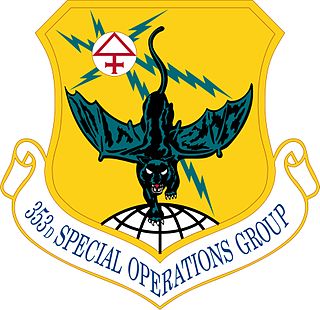
The 353rd Special Operations Group is an operational unit of the United States Air Force Special Operations Command. It is stationed at Kadena Air Base, Japan.

The 315th Airlift Wing is a wing of the United States Air Force Reserve. It is stationed at Joint Base Charleston, in the city of North Charleston, South Carolina, and operates the C-17 Globemaster III aircraft. If mobilized, the unit would fall under control of Air Mobility Command.

The 311th Airlift Squadron is part of the 375th Airlift Wing at Peterson Air Force Base, Colorado. It operated Learjet C-21 aircraft providing executive airlift for Combatant Commanders.
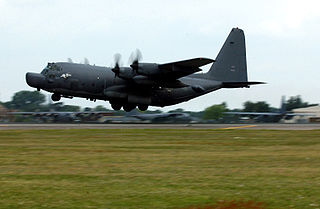
The 1st Special Operations Squadron is part of the 353d Special Operations Group at Kadena Air Base, Japan. It operates MC-130 Combat Talon II aircraft providing special operations capability. Air crews are trained in night low-level flying, using night vision goggles.
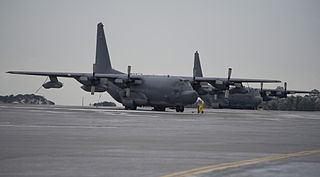
The 19th Special Operations Squadron is part of the 1st Special Operations Wing at Hurlburt Field, Florida. It conducts crew training for AC-130 and Lockheed MC-130 aircraft.
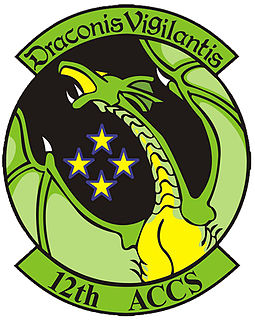
The 12th Airborne Command and Control Squadron is a United States Air Force flying unit, assigned to the 461st Air Control Wing, stationed at Robins Air Force Base, Georgia. The squadron flies the E-8C Joint STARS, providing airborne battle management, command and control, surveillance, and target acquisition.

The 602nd Special Operations Squadron was a United States Air Force squadron that operated in Southeast Asia during the Vietnam War.
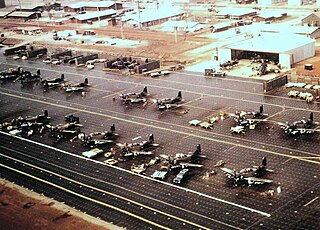
The 22d Training Squadron is a United States Air Force unit stationed at Fairchild Air Force Base, Washington. Its mission is Survival, Evasion, Resistance and Escape training. The squadron is assigned to the 336th Training Group of Air Education and Training Command.

The 315th Operations Group is a United States Air Force Reserve unit assigned to the 315th Airlift Wing. The unit is stationed at Charleston Air Force Base, South Carolina. The 315th Group controls all operational McDonnell Douglas C-17 Globemaster III flying squadrons of the 315th Airlift Wing. It was activated in 1992, when Air Force Reserve Command implemented the Objective Wing organization.
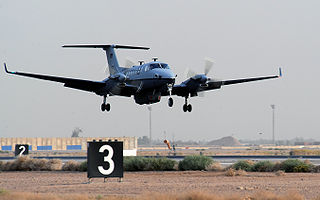
The 361st Expeditionary Reconnaissance Squadron is an inactive United States Air Force unit. Its last was assigned to the 451st Air Expeditionary Group, stationed at Kandahar Airfield, Afghanistan. It was inactivated on 1 September 2014.

The 536th Tactical Airlift Squadron is an inactive squadron of the United States Air Force. The unit was last active at Cam Ranh Air Base Viet Nam, where it was inactivated on 15 October 1971.

The 347th Tactical Airlift Squadron is an inactive United States Air Force squadron that was last assigned to the 516th Tactical Airlift Wing at Dyess Air Force Base, Texas where it was inactivated in June 1972.

The 56th Fighter Wing is a fighter wing in the United States Air Force. It is the Air Force’s only active-duty F-16 training wing and one of two F-35 training wings. The 56th graduates more than 400 General Dynamics F-16 Fighting Falcon pilots and 300 air control professionals annually. The wing is also responsible for three additional squadrons under the 54th Fighter Group located at Holloman Air Force Base, New Mexico, where F-16 training is moving as the wing transitions to become the sole pilot training center for the Lockheed Martin F-35 Lightning II.

The 10th Airborne Command and Control Squadron in an inactive United States Air Force unit that flew airborne command post aircraft from RAF Mildenhall, England from January 1970 to December 1991. Through a unit consolidation in September 1985, the squadron has roots in units that participated in World War II, the Korean War and the Vietnam War











